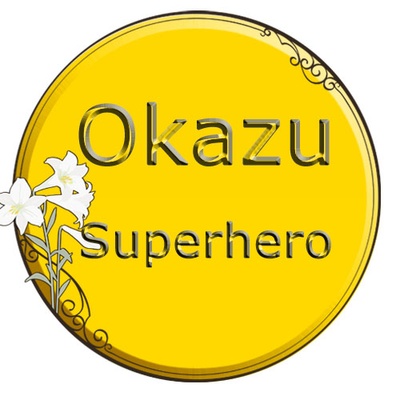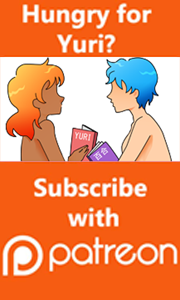 As a present for being a good girl all year and working hard at my three jobs, I bought myself a tablet as a replacement travel computer. Objecting as I do to Apple’s content-censoring decisions, I chose a Samsung Galaxy Tablet, which is now named Tabibito.
As a present for being a good girl all year and working hard at my three jobs, I bought myself a tablet as a replacement travel computer. Objecting as I do to Apple’s content-censoring decisions, I chose a Samsung Galaxy Tablet, which is now named Tabibito.
I spend the first few days getting the hang of the interface, downloading a few apps and rearranging the screen the way I like it. You know, normal stuff. Once I got myself up and running, I loaded up with a bunch of books – first things first. (Over My Dead Body by Nero Wolfe and The Calculus Diaries by Jennifer Ouellette, in case you care.) Then I decided that, if I had the chance, I’d try my hand at reading Batwoman as a digital download.
As I’ve said before, I never was a DC comic reader. And I’ve been out of American comics for a very long time now. This was as much a way to test out the tablet as to read the comic, but what the heck, while I went through all the steps, I might as well get a review out of it. ^_^
Comixology punted me to the DC app which was a no-brainer to download. In fact, all the downloading so far has been so painless, I kind of don’t really believe it’s working until I try it out. Obviously, I had to register to buy and download.
I found Batwoman, Issues 1-4 with a simple search and downloading was maybe two or three clicks. Overall, the app issue was simple, straightforward and painless.
Opening up Batwoman, Issue 1, I knew going into it, the art was very detailed, and the panel structure was crazy paving. The cover and those few pages that were laid out in regular panel format looked absolutely breathtaking. Most of the book, however, is 2-page layouts with irregularly shaped panels (including one pretentious Bat-logo shaped layout which made me stabby.) These presented no problem and gave me a chance to test out resizing, and layout on the Galaxy. Both get top marks from me – there was great sensitivity to touch, I rarely had to fix a resize and it was very intuitive. Layout on the tablet was instant, from landscape to portrait with no fuss.
Story-wise, this arc instantly held together better than that in Elegy, although there still are a few holes. Kate Kane, socialite and wastrel, is out training with Bette Kane, her cousin and sidekick, Flamebird. Kate’s manner is imperious, commanding Bette with little context. Bette is impetuous and the setup was foreshadowed pretty heavily. Worse, later on Batman comes around to warn Kate to keep Bette under wraps. Ow ow ow! Keep that foreshadowing stick off my head!
Kate is apparently seeing Detective Maggie Sawyer who, as a smart, competent cop, was the only other really big hole in the story so far. That Sawyer hasn’t even vaguely considered that Kate might possibly be Batwoman strikes me as strange. Their relationship is pretty decent and I have no qualms about them together, except for the one thing I really can’t get past. Kate’s hair is unnaturally red (which I approve of) but she has a really ugly hairdo. And her skin is unnaturally white. With that hair and that skin, I can’t help but think that making love to her would be like making love to Ronald McDonald. Ick.
The badguy is a mythic watery temptress that allows for some very lovely visuals, although succubus-esque behavior of evil females is really tired.
In Volume 4, the foreshadowing stick lands hard and the thing that Kate was warned to not let happen happens. Which brings me to the only really major issue I had with the series. In Volume 4, there is a very beautifully drawn sex scene between Maggie and Kate. In black and white, it’s artistic, understated and erotic without being porn-y. Unfortunately, it floats above a very unappealingly rape-ish assault on Flamebird. The action isn’t rape-like at all, but the language is. I realize this was meant to be ironic, but it really just came off as a cheap shot.
Nonetheless, the sex scene itself was really nice. I liked Maggie more after volume 4 than I did when I first saw her in Volume 1, and seeing that she really cares for Kate made them completely work for me as a couple.
Ratings:
Art – 9
Story – 7 (needs time to develop)
Characters – 7 (same, not sure if I can like them yet)
Lesbian – 10
Service – 7 (fair amount of T&A pandering)
Tablet reading experience – 6 not quite as natural as paper
Overall – 7 I’m willing to give it time.
I still am not a fan of the super-saturated colors of modern comics, and really am distressed by Kate’s skin tone, but other than that, I have to say that Batwoman, so far, is pretty good.




